1. Honey laundering—the mislabeling, adulteration, and illegal importation of honey, remains a serious issue in the United States, posing economic, health, and environmental challenges. While the U.S. imports over 70% of its honey, recent investigations have revealed that a significant portion of imported honey is adulterated or mislabeled, deceiving consumers and hurting American beekeepers.
2. Recent Findings and Industry Impact
In 2023, U.S. Customs and Border Protection (CBP), in collaboration with the Food and Drug Administration (FDA), uncovered large shipments of illegally imported honey from Asia and South America. Investigators found that much of this “fake honey” was diluted with sugar syrups, such as high-fructose corn syrup or rice syrup, making it cheaper to produce. To avoid tariffs and trade restrictions, fraudsters often relabel these products to mask their true country of origin.
In 2023, the European Commission conducted a comprehensive study revealing that a substantial portion of honey imported into the EU was adulterated. The investigation found that 46% of sampled honey products did not meet EU standards, indicating widespread fraud within the industry.
3. Detection and Regulatory Measures
Advancements in detection methods, such as Nuclear Magnetic Resonance (NMR) spectroscopy, have enhanced the ability to identify adulterated honey. NMR provides detailed chemical fingerprints of honey samples, enabling the detection of added sugars and verification of geographical origin.
Each batch of our Ulmo honey is tested using this technology to ensure its quality.
Honey laundering not only deceives consumers but also exerts economic pressure on legitimate beekeepers. The availability of cheap, counterfeit honey drives down market prices, making it difficult for honest producers to compete. This situation has led to some beekeepers abandoning honey production in favor of other agricultural activities, further diminishing the supply of authentic honey.
- Gustafson, Christopher R., et al. “The Impact of Honey Fraud Information on the Valuation of Honey Origin: Evidence from an Incentivized Economic Experiment.” Food Control, vol. 155, 1 Jan. 2024, p. 110070, www.sciencedirect.com/science/article/pii/S095671352300470X?via%3Dihub, https://doi.org/10.1016/j.foodcont.2023.110070.
- “Ensuring Honey Authenticity: The Role of NMR Spectroscopy - FoodSafetyTech.” FoodSafetyTech, 15 Nov. 2024, foodsafetytech.com/feature_article/ensuring-honey-authenticity-the-role-of-nmr-spectroscopy/?utm_source=chatgpt.com.
- Copeland, Cody. “Honey Is Third-Most-Faked Food in the World.” Business Insider, 26 Sept. 2020, www.businessinsider.com/fake-honey-problems-how-it-works-2020-9?utm_source=chatgpt.com. Accessed 17 Dec. 2024.


